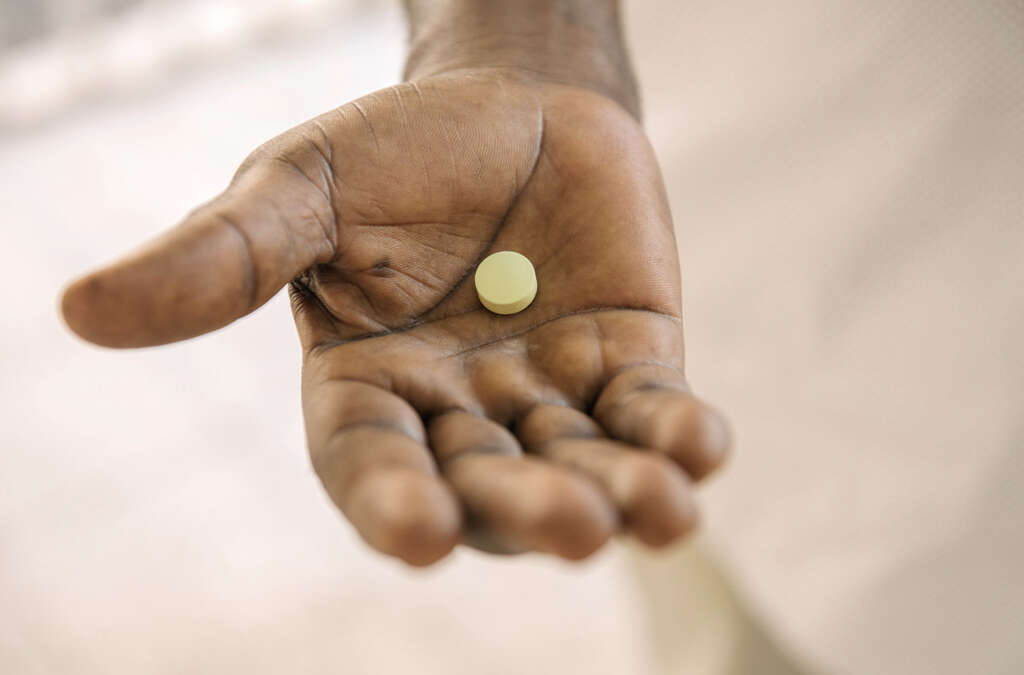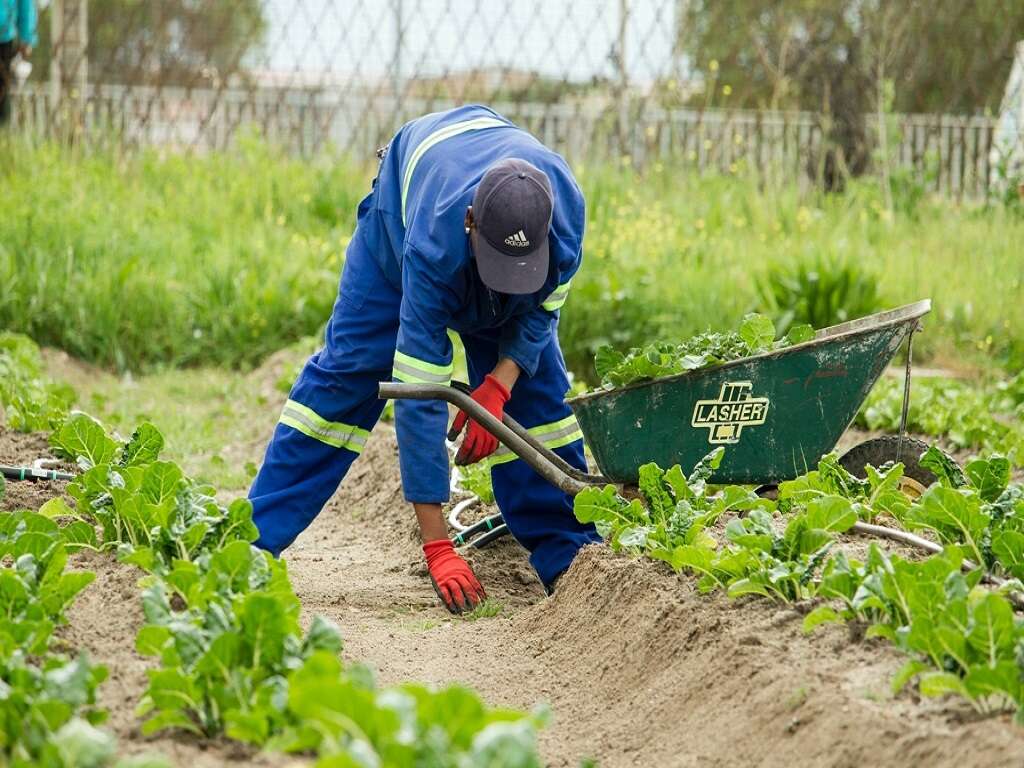What Is African Sleeping Sickness?
There are countless species of parasite in the world, and some of them feed on people. Some will live inside us or on us, while some will seek us out for food when they need to. A lot of them are quite harmless, even if they can be irritating. Others, however, can be far more dangerous.
In Africa is a species of fly, known as the tsetse fly, that bites people, and other animals, to feed on their blood. When this parasite feeds it can infect people with another, much smaller parasite. This smaller parasite can then cause African sleeping sickness. This is a potentially fatal disease that is found throughout much of Africa.
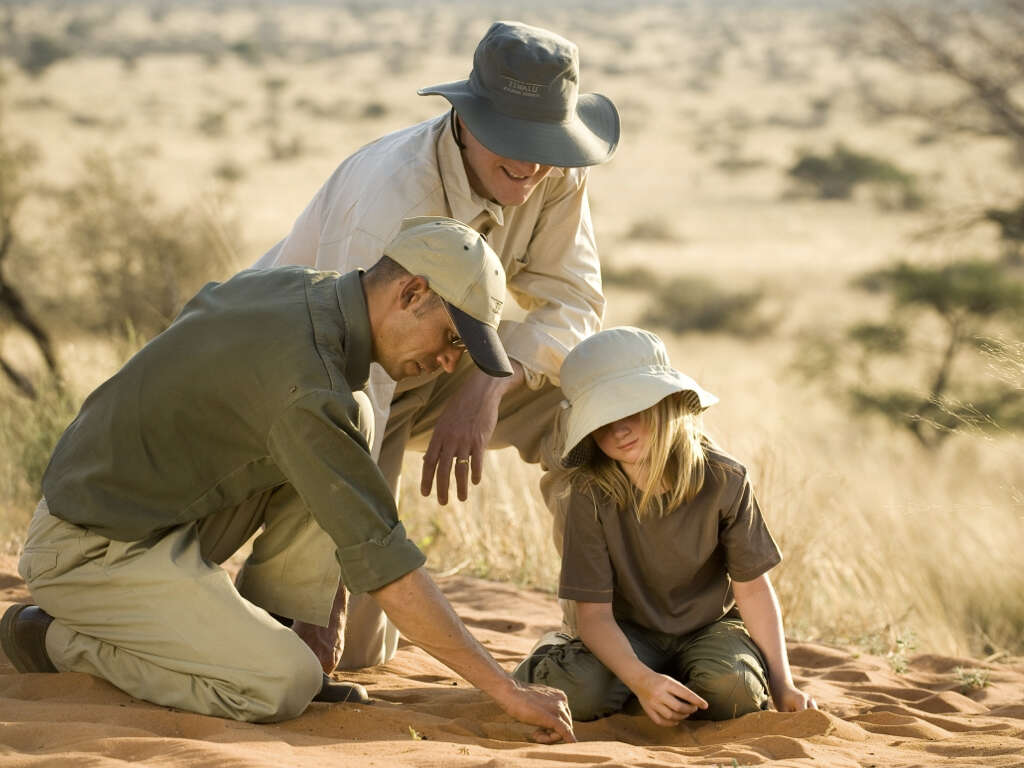
1. Tsetse Fly
Flies are very common animals and can be found living everywhere except for the most hostile climates. They can be a pest, and they can be a hygiene risk, but they are thankfully not too much of a threat to us. In Africa, however, there is a fly that is a very big risk to people indeed.
The tsetse fly doesn’t look anything special, but it has a certain characteristic that makes it quite different to many other species. Those characteristics being that they are obligate parasites, and they feed off the blood of animals. This is a problem because it means the fly can transmit diseases in much the same way that mosquitos do.

2. Trypanosomiasis
African sleeping sickness is caused by a type of parasite known as trypanosomes. These parasites can be picked up by the tsetse fly as it feeds off one host and, once infected, it can infect another host when it has its next meal. There are 3 main species of this parasite but there only two of these infect humans: Trypanosoma brucei gambiense, Trypanosoma brucei rhodesiense.
The third type, which does not infect humans, is: Trypanosome brucei brucei. Once they have infected a new host, these parasites can go on to cause the disease known as Trypanosomiasis. This disease is more commonly known as African Sleeping Sickness.
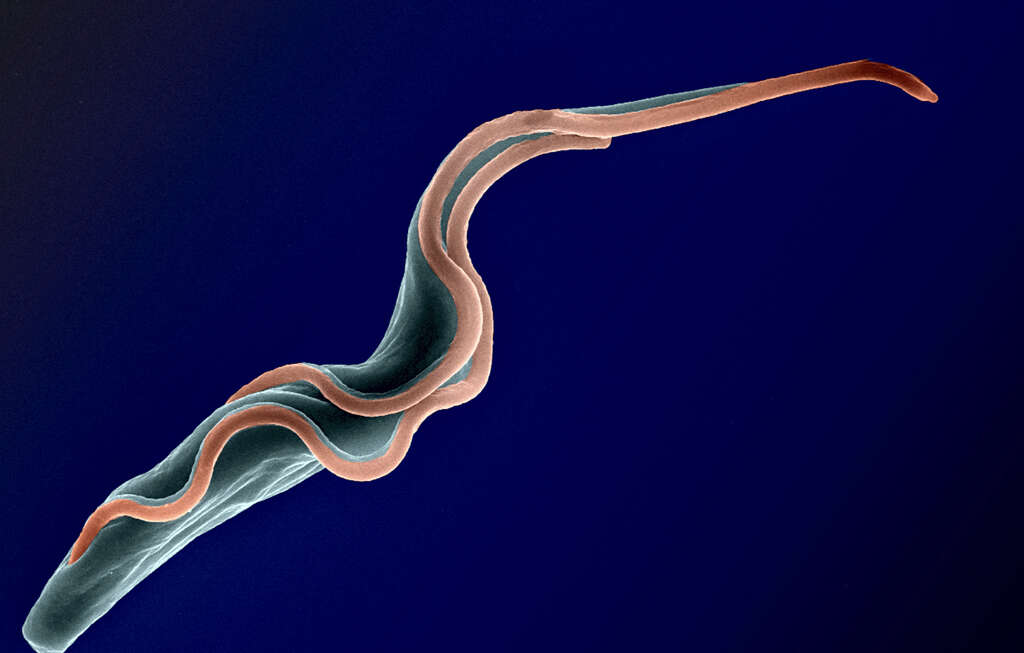
3. Transmission
One thing that determines how dangerous a particular pathogen is, is how it can be transmitted, and how easily. Some pathogens can be very dangerous to us indeed if they were to infect us but, thankfully, these are often not prevalent because they don’t spread easily.
As mentioned, African sleeping sickness is spread mostly through bites from the tsetse fly. This is a problem because it makes it very difficult to contain the disease. It is a particular problem for those living in rural areas in Africa where the fly is common. In addition to fly bites, it can also be given to unborn children from their mother. It is also spread by contaminated needles in a small number of cases.

4. Affects Animals
To make things even worse the parasites can also infect animals, which are also fed upon by the tsetse fly. This can include both domestic animals and wild animals, and animals can act as a reservoir host for the species that can infect humans.
Most wild animals have a natural tolerance to the disease and will suffer few, if any, symptoms. This is not the case in domesticated animals, however, and it can be fatal to them in some cases. This only makes things harder for people that are often already living in impoverished conditions and for whom livestock is very valuable.
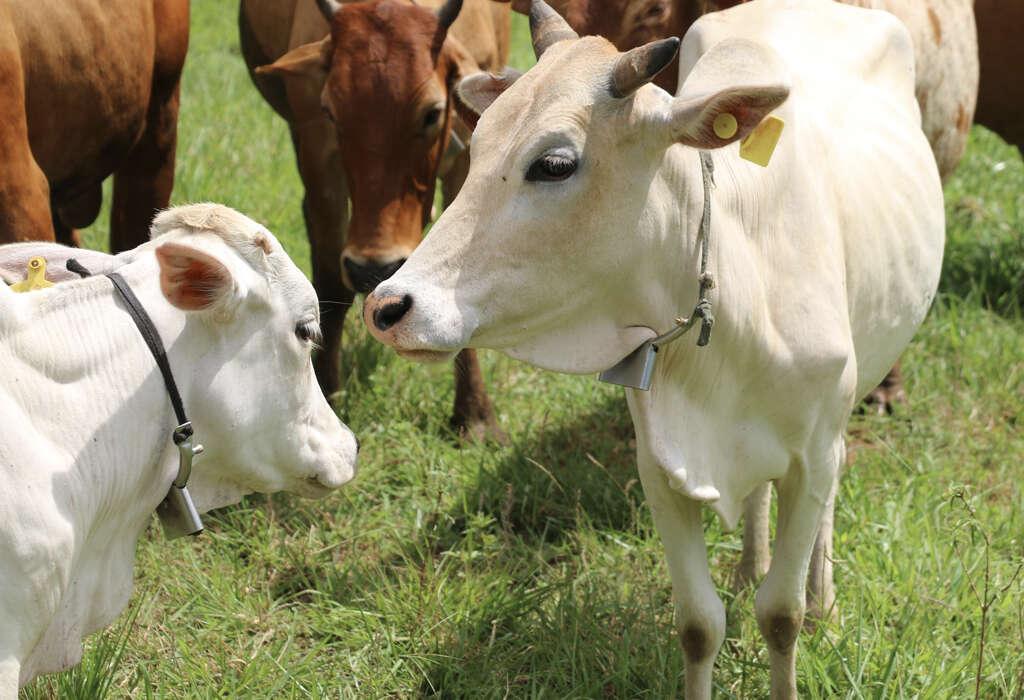
5. Prevalence
African sleeping sickness is a condition that is found in 36 countries in sub-Saharan Africa. Approximately 11,000 people are currently known to be infected, and around 2,800 news cases were reported in 2015. There were also around 3,500 deaths from the disease in 2015, a considerable drop from 34,000 in 1990.
Considering that so many people in the region live in rural areas without access to medical services, that number could be much, much higher. Breakouts do occasionally happen in which a lot more people than usual will be infected and die. There are also occasional outbreaks among the population of domesticated animals.
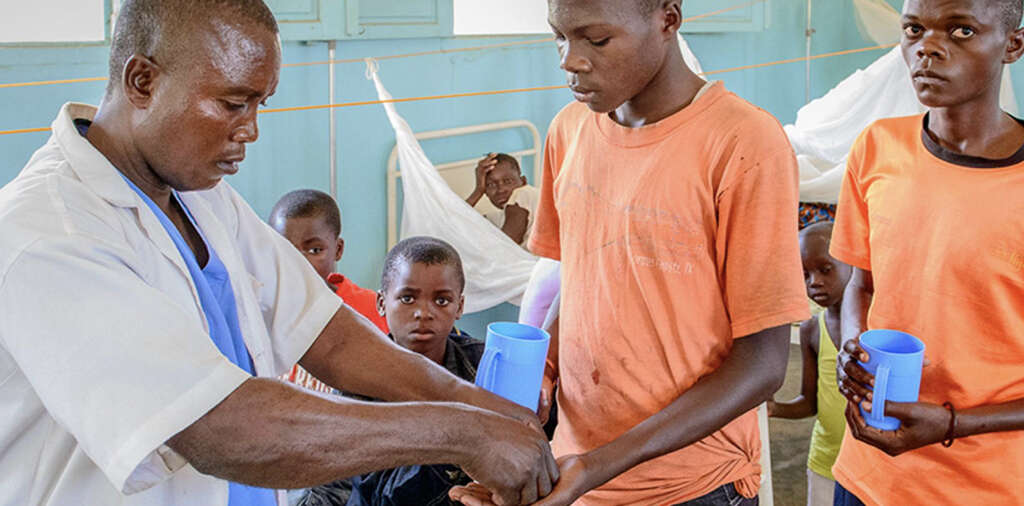
6. Haemolymphatic Stage
African sleeping sickness occurs in two main stages. The first of these stages is the haemolymphatic stage, which occurs shortly after the initial infection has taken place. The parasite will soon begin to multiply, and an inflammatory skin reaction will soon take place.
One of the first symptoms is that the patient’s skin will begin to swell. In addition, the lymph nodes in the neck will swell as they step up to the task of dealing with the intruders. Other symptoms of this stage include itching, headaches, joint pains, and fever. These symptoms should encourage the patient to see a doctor where possible.
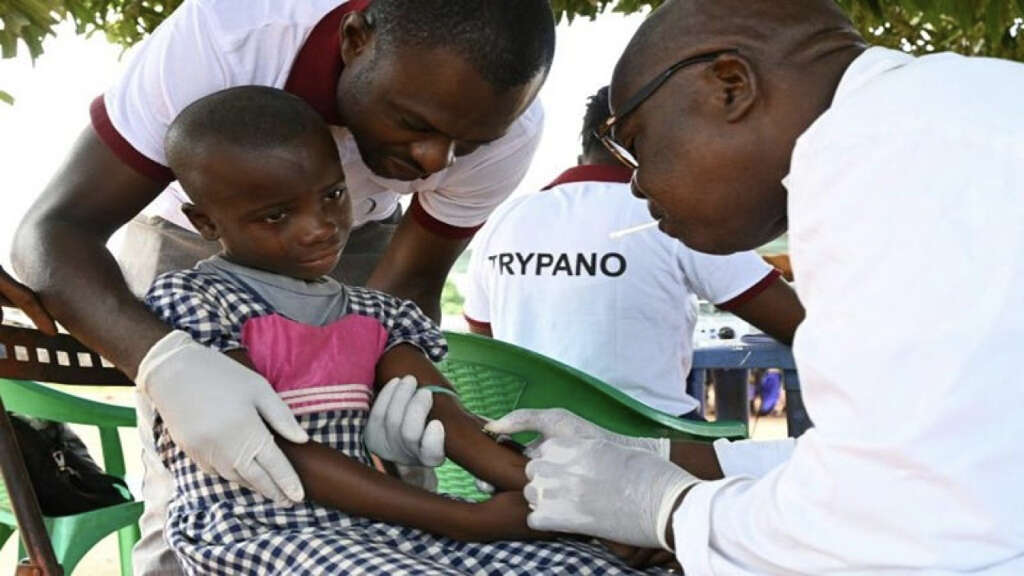
7. Neurological Stage
The next stage of the disease is the neurological stage. At this point, the parasite is able to cross over the blood-brain barrier that would otherwise keep the central nervous system safe. The parasites will infest the spinal fluid and all of the nervous system.
When this takes place, one of the symptoms is that the patient’s sleeping patterns will be disturbed. They will often be unable to sleep at night, but will sleep through the day instead. It is from this symptom that the disease got its name. Other symptoms include poor coordination, confusion, difficulty speaking, and changes in behavior.

8. Deadly
African sleeping disease is a very dangerous disease indeed, and treatment is necessary in order to help save the patient’s life. Because the tsetse fly is mainly found in rural areas of Africa, it also means that people with the disease are unlikely to have access to the treatment they need.
In addition to a lack of medical care, poor education on the subject can also make matters worse. In many cases, people are not even diagnosed in time as they don’t what symptoms to look for. Screening tests in Africa have helped countries to control the disease to a degree, and blood smear tests have helped medical teams to diagnose the condition.
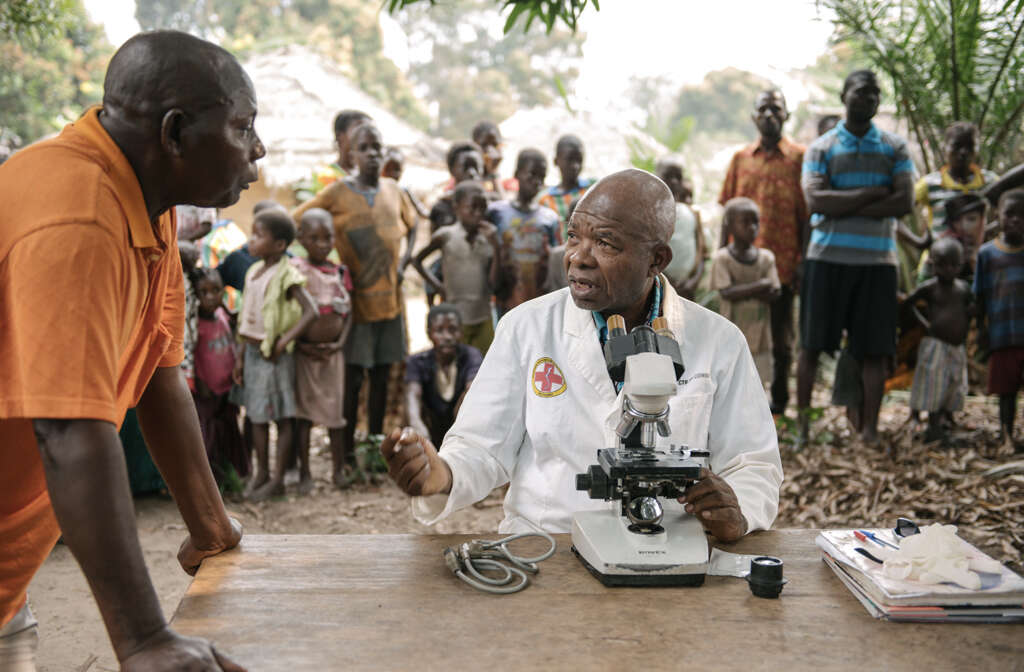
9. Prevention
There is no sure way to prevent the disease, but steps can be taken to at least help control it. There are no vaccines, but individuals can help by limiting their exposure to tsetse flies. This largely means wearing long, loose clothing to make it harder for the fly to bite. Dull colors are also recommended because tsetse flies appear to be attracted to bright colors.
Insecticides can also help to keep the fly populations down. Screening is also beneficial in prevention and not only because it can help individuals, but fewer infected people means less chance of other people becoming infected.

10. Treatment
While African sleeping sickness is often deadly, it is a treatable disease. It is important to identify and treat the disease as soon as possible because doing so will make treatment easier. When the condition is treated in the earlier stages, the medications used are easier to use and have fewer side effects.
Once the disease has reached the second stage, treatment becomes significantly more difficult. Powerful drugs will likely need to be administrated intravenously over several weeks. The drugs can also cause some very unwelcome side effects. In some cases, the drugs might even result in killing the patient themselves.
